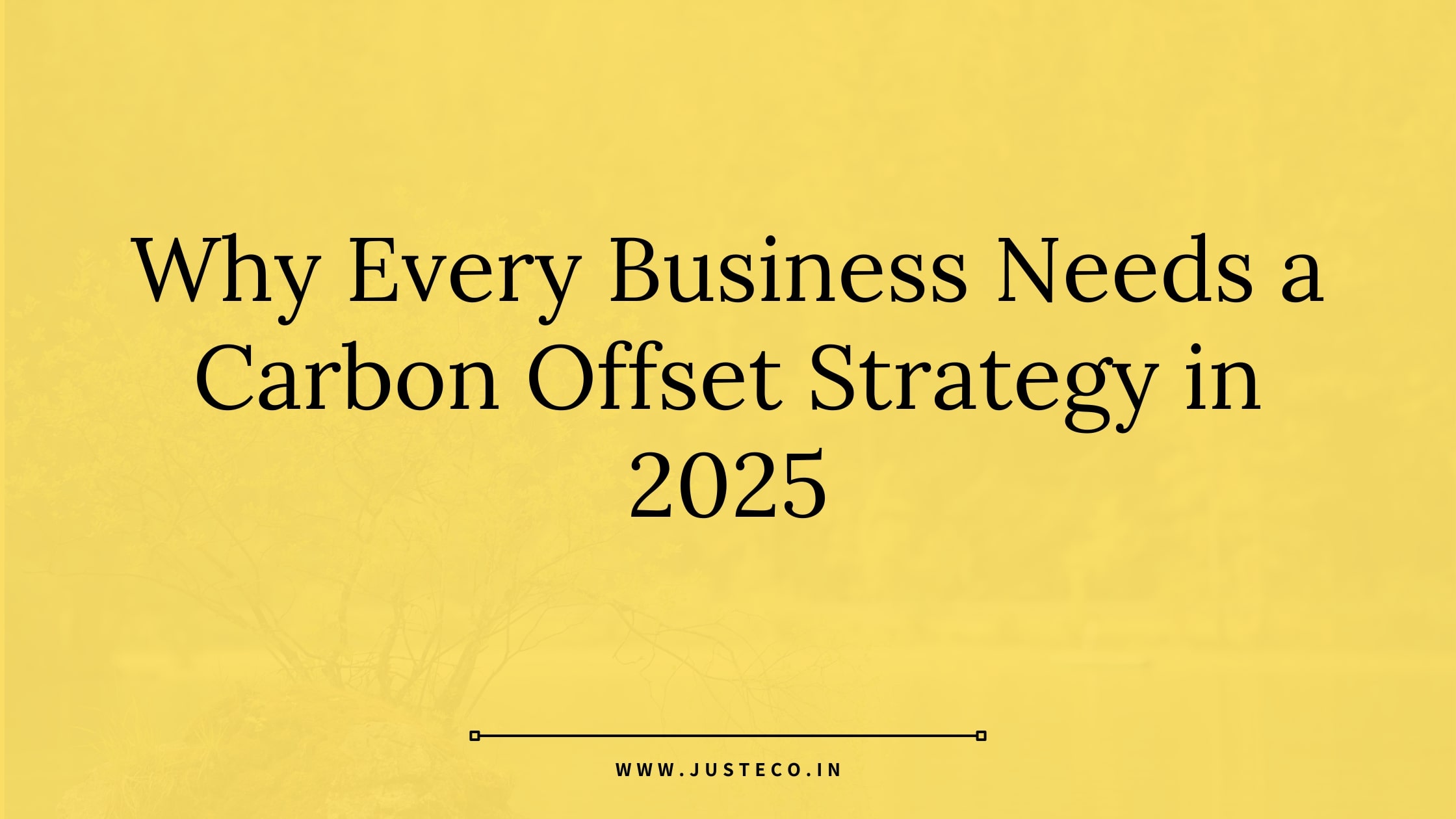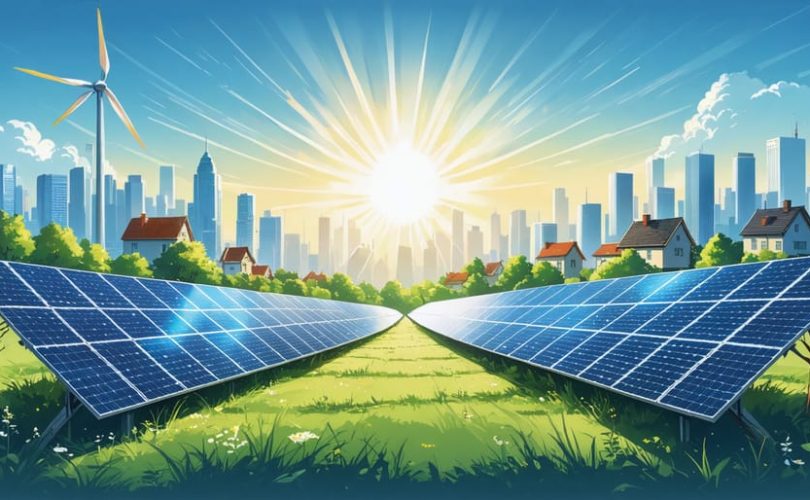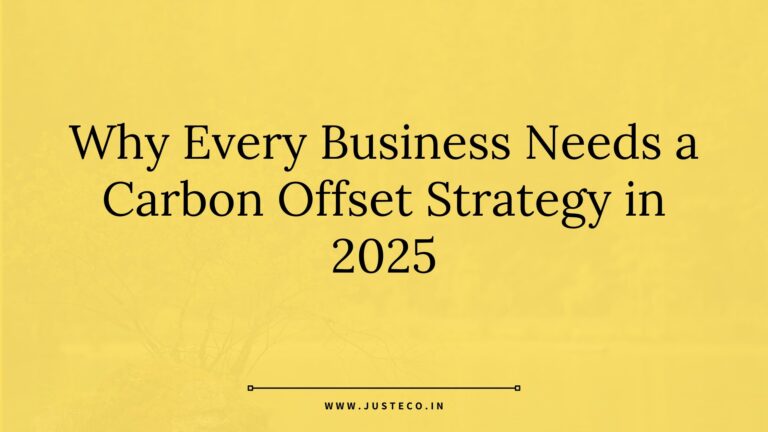Bamboo is often misinterpreted as wood. While both can be used in the construction field, they are different. Bamboo belongs to the grass family. When you look at bamboo trees from the top, you can recognize their similarity with normal grass but big in size.
The regular grass is soft and tender, while Bamboo is hard and has a hollow core with cylindrical outsides. Bamboo can be used in various fields and have multiple applications. In this blog, let us explore the ways and usages of bamboo poles for sustainable construction.
Table of Contents
ToggleWhat Are Bamboo Poles?
Look-wise, raw bamboo poles look like greenish sugarcanes (the color of the Bamboo poles depends on their types). These are the stems obtained from the tree that belongs to the fast-growing grass family. These stems are cylindrical in shape, hard and woody, with hollowness in the middle.
They grow quickly and rapidly in various types of atmospheres. The young and newly sprouted bamboo trees, which are also called “bamboo shoots,” are edible and aid in decreasing bad cholesterol in our bodies.
There are many types of bamboo poles across the world, and many of these varieties are being used as green building materials.
Properties Of Bamboo That Made Them Worth For Constructions
1. Tensile strength
Bamboo pole fibers run axially, producing incredible strength. Large bamboo poles, for example, solid bamboo poles & tre-gai bamboo poles, have a tensile strength greater than steel.
2. Light Weight
Bamboo is a lightweight material. This makes it simple to move and set up.
3. Higher elasticity
Bamboo does not break at the first hint of tension. It can withstand earthquakes and storms that would cause other building materials to shatter or disintegrate, thanks to its elasticity.
4. Resistance to fire
Bamboo is naturally fire resistant due to its high water and silicate acid content. It can tolerate high temperatures of up to 400°C. Furthermore, this naturally occurring resistance can be improved with special organic treatments.
5. Can Bear higher weights
Bamboo is a strong material in terms of compression strength. Bamboo is frequently utilized as a weight-bearing beam. Unexpectedly, heavy loads can be supported by even thin poles without them buckling.
6. Safe building material
Bamboo is an extremely safe building material. It is relatively simple to work with and does not present the concerns associated with some more dangerous building materials, such as asbestos.
Is Bamboo Construction Eco-Friendly?
Like how hemp is a sustainable clothing material in the apparel industry, bamboo also works as a sustainable resource in the construction field. Bamboo has flexibility that’s more than wood, more robust than concrete, and strength more than steel. It is considered eco-friendly because of the following reasons.
- Bamboo building elements can be attached with nails or adhesive. It’s an easy-to-use design tool with a well-kept secret. Bamboo may be used to create any imaginative decoration idea you have for a room with less cost.
- The raw material of Bamboo has another significant advantage. It is one of the most environmentally friendly building materials accessible today.
- Its qualifications for sustainability begin with its growing circumstances.We all know how important it is not to use pesticides and how important it is to use natural pesticides when it’s only necessary. The growth of bamboo doesn’t require any pesticides, making it more eco-friendly.
- The bamboo plant is not harmed when harvested. The plant will grow again if a portion of the stalk continues to remain in the forest to stimulate the root system.
- Bamboo is an essentially infinitely renewable resource due to its rapid growth.
- Bamboo has a lower carbon footprint than other building materials, such as steel, concrete, and even wood.
- The plant may absorb up to four times the amount of CO2 that some tree species do.
Because of these reasons, Bamboo is enabling environmentally friendly building that was previously almost unachievable, advancing the area of green architecture.
How Many Ways Bamboo Poles Can Be Used In Construction?
Bamboo poles can be used in the construction field once they bend, split, and shape the poles to the desired results. The cutting process of Bamboo can be done just like the cutting process of timber. Constructors can use these shaped Bamboo in different areas of the construction.
1. For Foundations
Bamboo is rarely used as a foundation material since it decays quickly when it comes into contact with a moist surface. However, with correct treatment and the use of appropriate harmless chemicals, this problem can be treated to a large extent. Bamboo is utilized to make foundations in a variety of shapes and forms. You can use one shape depending on the construction you plan.
2. For Wall Construction
I have never seen a beautiful wall as a bamboo wall. Trust me, it gives your construction a unique beauty with its shape. Whether it’s Woven bamboo walls, vertical halved culms, whole bamboo culms, wattle and daub ones, or bajareque ones, These bamboo walls will leave a lasting impression on your visitors. Not only this, but it raises awareness among your friends and family about the importance of sustainable living.
3. For Bamboo Roofs
Agree with me or not, more than concrete-filled roofs; bamboo roofs will give unthinkable peace and relaxation. Try constructing one house using a bamboo roof, and you will agree with me for sure!
Bamboo is an excellent roofing material that adds strength to the construction. It is a proven perfect barrier against natural or animal pressures and is quite light in weight, making it simple to build. Purlins, roof rafters, and trusses are all part of the bamboo roofs.
4. For Scaffolding
Bamboo is often used for Scaffolding, especially in large structures, due to its beneficial capabilities for holding massive loads. The ends of the cane are lashed together with multiple ropes to create cane extensions for use in the construction of Scaffolding.
The ties are arranged so that pressures acting downward and vertically engage the nodes in the lashing. This method is essential because it allows for the proper degree of joint realignment.
Conclusion
Bamboo poles can be used as good construction materials for many advantages. By choosing Bamboo for construction, you can also aid yourself in building a sustainable society. Along with construction, you can also use bamboo computer accessories, clothes, and other materials in your daily life to make it eco-friendly.
Frequently Asked Questions
Q1. Are Bamboo poles Eco-Friendly?
Yes. Bamboo poles are eco-friendly. Bamboo is undoubtedly an eco-friendly choice compared to many other options. Bamboo’s rapid growth and self-propagation make it an extremely sustainable and renewable resource. Its adaptability makes it an excellent substitute for wood, cotton, and even steel.
Q2. Are bamboo forests destroyed to make bamboo poles?
The mother plant produces many new bamboo stems yearly. The stem needs around 5 years to reach the necessary hardness. Therefore, it is possible to harvest the bamboo while preserving the forest’s size. So, we can say that the forest is not destroyed.
Q3. In how many ways can I use bamboo poles?
Bamboo poles can be used in numerous ways. Whole bamboo poles can be used for garden pergolas, water spouts, garden trellis, and fencing. Split bamboo poles can be used to make nodes, small gift articles, musical instruments, frames, etc.
Q4. How long can bamboo poles last?
A bamboo pole can live for more than 20 to 30 years if it is treated with pest and rot-repelling substances, covered in a protective finish, and constructed in a way that keeps it out of the rain and sunlight.












